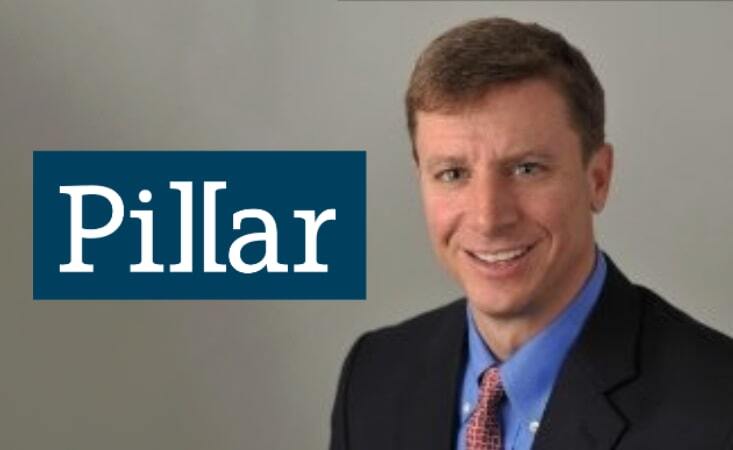Pillar in ‘good shape’ as steady AuM growth continues: CEO Velotti

Bermuda-based specialist collateralized reinsurance and insurance-linked securities (ILS) investment manager, Pillar Capital Management Limited, has no intentions of changing its strategy as steady growth in assets under management (AuM) continues.
At the start of this year, Pillar’s AuM was around $3.2 billion, and despite a cautious investor base, the manager grew by a further $700 million in the following months, reporting AuM of $3.9 billion as of July 1st, 2023.
In light of the growth achieved by Pillar so far in 2023, Artemis spoke with Steve Velotti, Pillar’s Chief Executive Officer (CEO) and Chief Investment Officer (CIO), about the recent expansion, the strategy, and investor sentiment after some challenging years.
“For us, the growth has been somewhat steady,” said Velotti. “We’ve been growing at a 10% to maybe 20% clip.”
In ’15, ’16, and ’17, explained Velotti, growth in the industry caused trouble for many as while prices were falling, some looked to add as much as a billion dollars on one day, which comes with a large amount of execution risk.
“When you’re trying to add a few hundred million in January and a few hundred million through July, execution risk is lower, and that’s essentially the way we’ve been growing over the last few years.
“So, the portfolio is still very strong, given its diversification across multiple metrics. We’re certainly not changing anything. The AuM size might change in the future, but at this point growth has been steady. So, I think we’re in pretty good shape,” said Velotti.
According to Velotti, market conditions are pretty good and the best since 2006, although much of the growth in ILS has been into catastrophe bonds, with many of the collateralized reinsurance funds and managers being either stagnant or slightly smaller.
“We’ve grown, but for the most part, the private reinsurance market hasn’t,” said Velotti.
“The property market has really been dominated by a couple of traditional players that are going for it and they’re putting out big limits, sucking up the demand, which is good. Those players are responsible markets, too. We support them in various ways through retrocessional support. But do not see huge amounts of capital coming into the private reinsurance space like what happened in 2018. I don’t see it,” he added.
Velotti told Artemis that investors are still very sceptical after the losses suffered in previous years.
“Most of the investors or the new money that we’ve gotten over the last 18 months or so, more than half of it has come from existing investors upsizing, as opposed to trying to convince someone new or who may not be new to the space, but they were with somebody else and it didn’t work out very well,” he explained.
Investors are cautious and there’s a sense the industry needs to prove it can deliver sustainable, positive returns over time.
“If you look at the Eurekahedge returns, and especially the monthly feed that’s behind it, it’s been a big negative for the last like five, six years, even in the aggregate, even in the good years,” said Velotti.
“Investors are not willing to go again one more time, which is what they should be doing. But at this point I think it is helpful to the market as well because if investors are cautious, capital isn’t necessarily going to be flooding in like it did in 2018, 2019, and that will sustain pricing a little bit longer,” he concluded.
Read all of our interviews with ILS, reinsurance and risk transfer sector professionals here.






